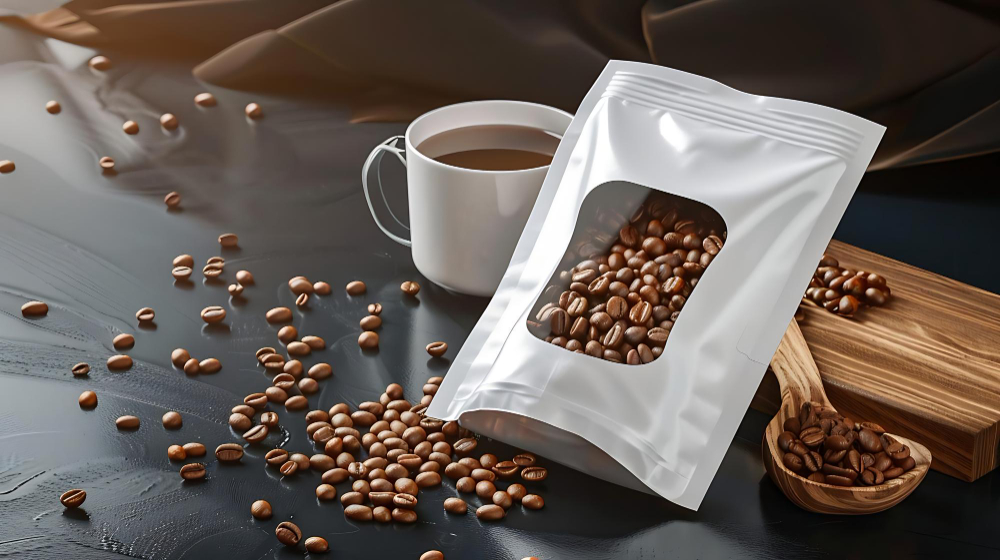The Impact of Window Packaging: A Sales Strategy
In the competitive landscape of retail, where countless products vie for consumer attention, packaging design plays a pivotal role in driving sales. One innovative approach that has gained traction in recent years is window packaging. By allowing consumers to see the product inside, this packaging strategy not only enhances visibility but also builds trust and encourages purchasing decisions. In this blog, we’ll explore the benefits of window packaging and how it can be an effective sales strategy for brands.
What is Window Packaging?
Window packaging refers to any type of packaging that incorporates a transparent or semi-transparent panel, allowing consumers to see the actual product within. This can take various forms, including boxes with plastic windows, clear bags, or cartons with cut-out shapes. The primary purpose of window packaging is to provide visibility, which can significantly impact consumer behavior.
The Appeal of Showing the Product
Window packaging is more than just a design element; it’s a strategic tool. It harnesses the power of sight, a sense that profoundly influences consumer behavior.
- Product Showcase: Consumers can assess the product’s quality, size, color, and overall appeal.
- Trust Building: Seeing the product can alleviate doubts and build trust.
- Impulse Purchases: Eye-catching products within clear packaging often lead to impulse buys.
- Brand Storytelling: The product can become part of the packaging narrative.

Designing Effective Window Packaging
To leverage the power of window packaging effectively, brands should consider the following design principles:
- Strategic Placement of Windows: The window should be placed in a way that highlights the most appealing aspects of the product. Consider the window’s shape, size, and location to ensure it captures attention.
- Quality Materials: Use high-quality materials for both the packaging and the window. Transparency should be clear and free of blemishes to maintain a polished appearance.
- Branding Elements: Incorporate branding elements, such as logos and color schemes, alongside the window. This will reinforce brand identity while still allowing product visibility.
- Interactive Elements: Consider adding interactive elements, such as easy-open tabs or resealable features, to enhance the consumer experience and encourage repeat purchases.
Challenges and Opportunities
While window packaging offers numerous benefits, it also presents challenges:
- Product Protection: Ensuring product safety within clear packaging requires careful design.
- Cost: High-quality window materials can increase packaging costs.
- Competition: Standing out in a sea of clear packaging can be difficult.
To overcome these challenges, brands can explore innovative solutions such as:
- Unique Window Shapes: Differentiate packaging with distinctive window designs.
- Interactive Elements: Incorporate interactive features within the packaging.
- Sustainable Materials: Use eco-friendly window materials to appeal to environmentally conscious consumers.
Window packaging is a powerful sales strategy that combines visibility, trust, and appeal to influence consumer purchasing decisions. By allowing customers to see the product inside, brands can enhance their market presence, foster transparency, and encourage impulse buys.
In a retail environment where every product competes for attention, implementing window packaging can be a game-changer for brands looking to stand out and drive sales.
Are you ready to harness the power of window packaging for your products? Contact us today to learn how we can help you create eye-catching window packaging that captivates consumers and drives purchasing decisions. Let’s work together to make your products shine on the shelf!





